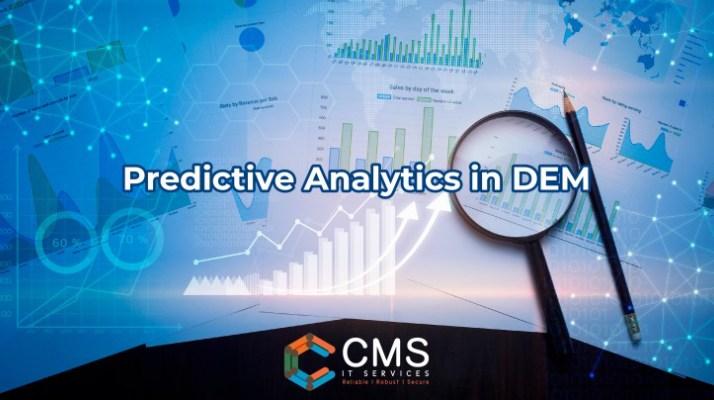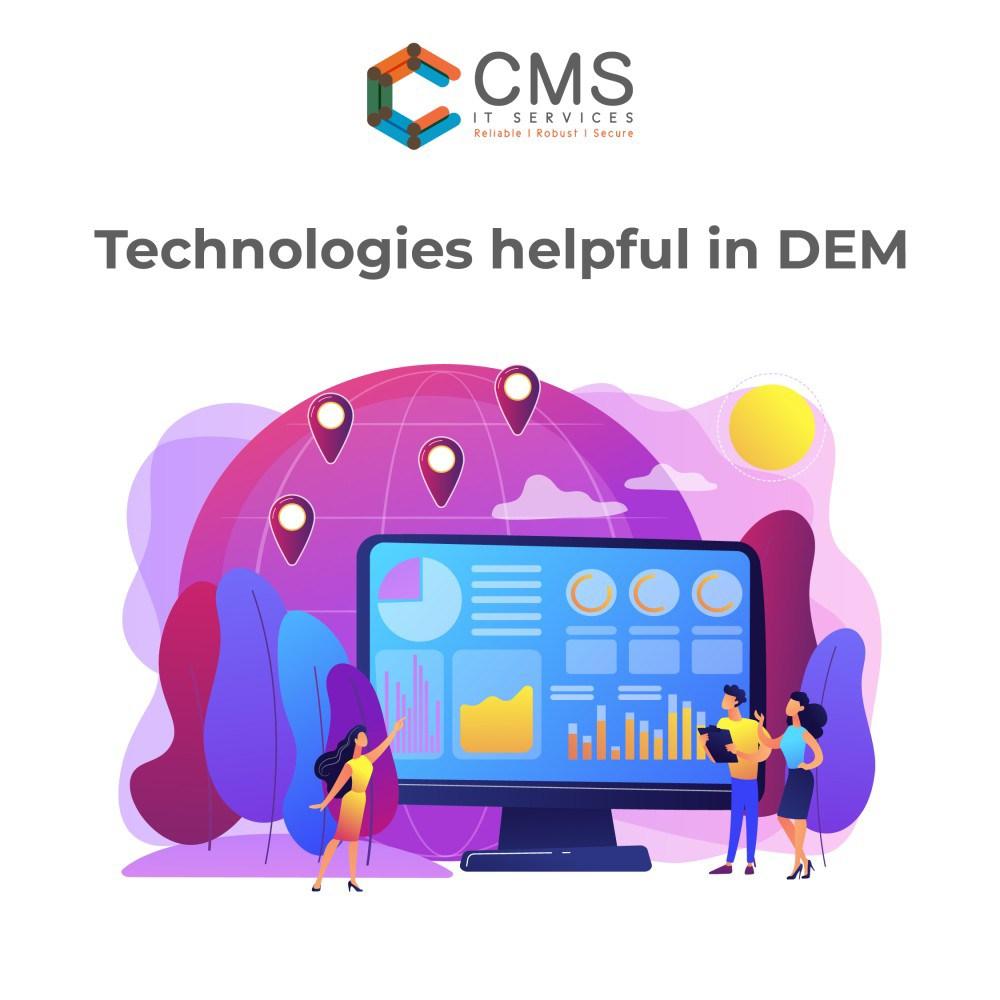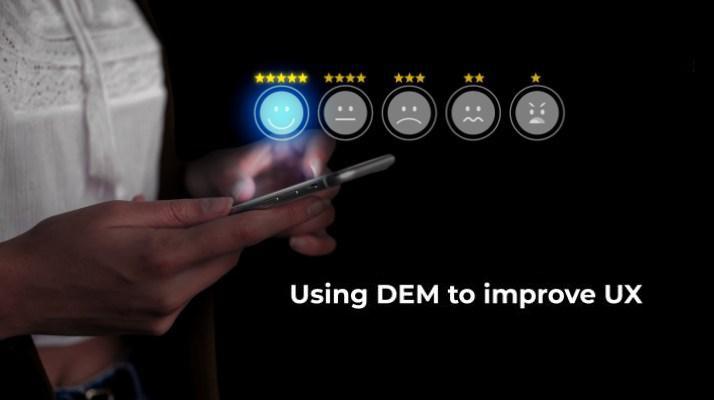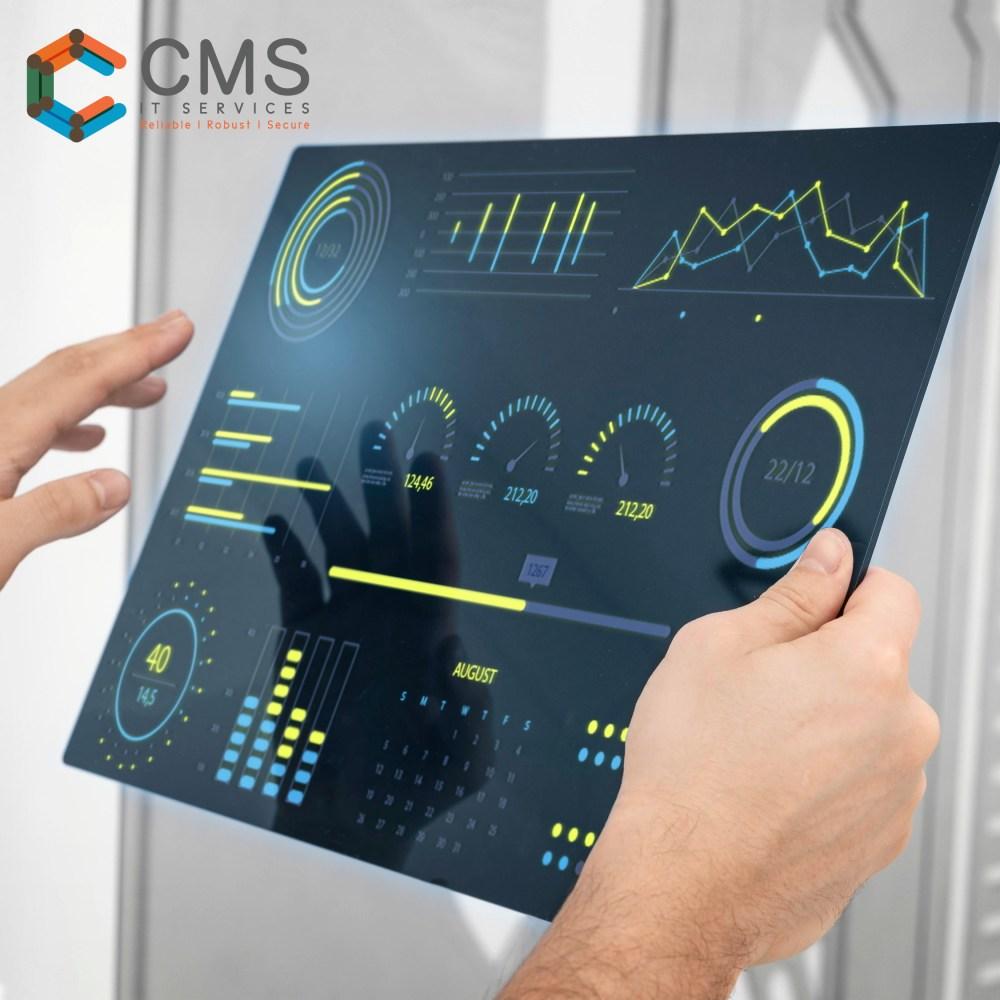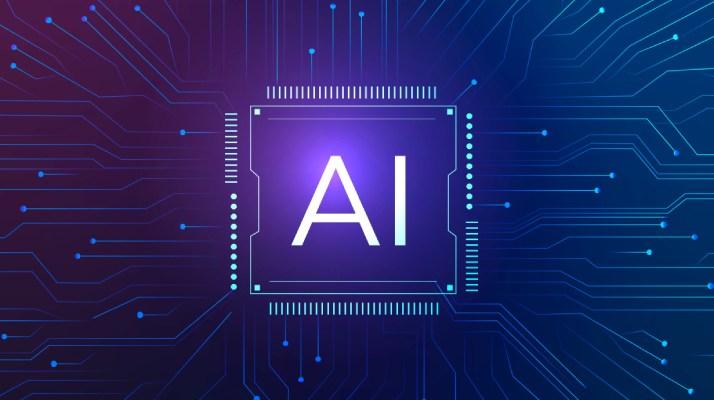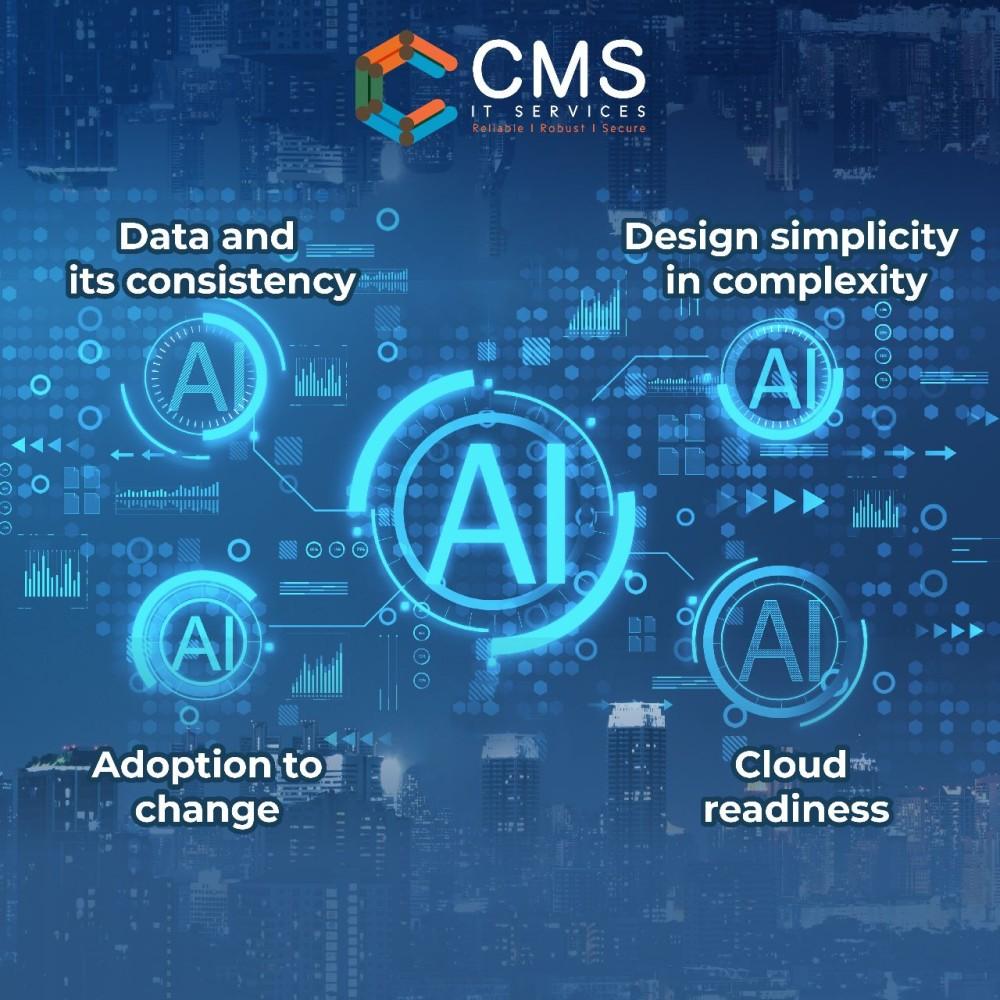By assisting companies in foreseeing and preventing problems before they have an influence on the end-user experience, predictive analytics plays a crucial role in digital experience monitoring (DEM).
Using predictive analytics, you can:
- Proactive Problem Detection: Predictive analytics can be used to spot possible problems with online services and applications before they have an effect on end users.
- Root Cause Analysis: The fundamental cause of problems affecting digital apps and services can be found using predictive analytics. Performance Optimization: Predictive analytics can be used to optimize the performance of digital applications and services.
- Personalization: Based on unique user behaviour and preferences, predictive analytics can be used to customise the user experience.
Predictive analytics may assist enterprises in enhancing the end-users digital experience by proactively recognising and resolving issues, pinpointing the source of difficulties, enhancing performance, and customising the user experience. DEM technologies provide IT teams with a variety of ways to communicate monitoring data, giving them the knowledge they need to boost user experience and increase digital performance.
Digital Experience Monitoring (DEM) entails watching how consumers engage with digital services and applications from beginning to end.
These popular technologies are helpful in DEM:
- AIOPS-based ITOPS tools: AIOPS (Artificial Intelligence for IT Operations) is a methodology that makes use of AI and machine learning algorithms to automate and optimise a variety of IT operations procedures. Organizations can improve service delivery, dependability, and availability by streamlining their IT operations with the use of AIOPS-based ITOPS technologies.
- RPA Tools: Software robots may automate routine, repetitive, and rule-based processes using RPA (Robotic Process Automation), a technology. Make sure that digital applications and services are operating at peak efficiency and delivering a flawless user experience, RPA can be used for Digital Experience Monitoring (DEM).
- Synthetic Monitoring Tools: To gauge performance and pinpoint problems with the digital experience, these tools imitate user interactions with digital services.
- Real User Monitoring (RUM) Tools: By tracking user engagement, performance, and behaviour, these tools track the actual user experience.
- Network Monitoring Tools: These tools keep track of network parameters including bandwidth, latency, and packet loss that support digital services.
- Log management tools: These programmes examine log files to find faults, security flaws, and performance issues that interfere with online activities.
- Application Performance Management (APM) Tools: These tools track the performance of applications and offer perceptions of the underlying causes of problems that affect the user’s digital experience.
- Cloud-based Monitoring Tools: These tools monitor the performance of cloud-based applications and services.
- Experience Management Platforms: By merging various data sources and analytical methods, these technologies offer a thorough approach to monitoring the digital experience.
For businesses that rely heavily on digital platforms to communicate with clients or do business, DEM is crucial. Organizations may raise revenue, decrease churn, and improve customer happiness by recognising and resolving issues that have an influence on the user experience. Organizations can proactively identify potential problems with DEM technologies before they negatively affect the user experience. For businesses who wish to offer their customers a seamless, high-quality digital experience, DEM is an essential step. Businesses can boost customer satisfaction, lower attrition, and boost revenue by employing DEM technologies to track, evaluate, and optimise the end-user experience.
If you have queries related to ??????? ?????????? ??????????, reach out to our in-house DEM experts. They are happy to hear from you on info@cmsitservices.com or https://www.cmsitservices.com/contact-us/.
